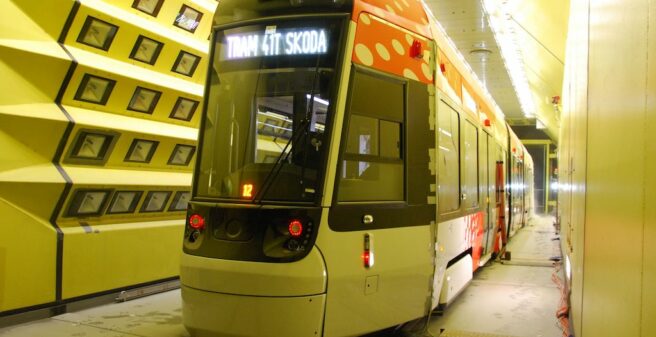
On 16 December 2019, the contract between the Bonn’s public transport operator SWB and Škoda Transportation for 26 low-floor trams of the type “Škoda ForCity Smart” (Škoda T 41) was signed in the “Haus der Stadtwerke” in Bonn. They are to replace the 24 low-floor trams built by Siemens-Düwag in 1994 (Tw 9451 to 9474), which are now 28 years old and which have achieved the end of their lifetime. In the meantime, SWB has even extended the order for the new Škoda trams by two more to a total of 28 trams by exercising an option.
The new Škoda trams are eight-axle, three-car double articulated vehicles. The two end cars are running on two bogies each, the center cars are supported by the two end cars. The trams are bi-directional vehicles.
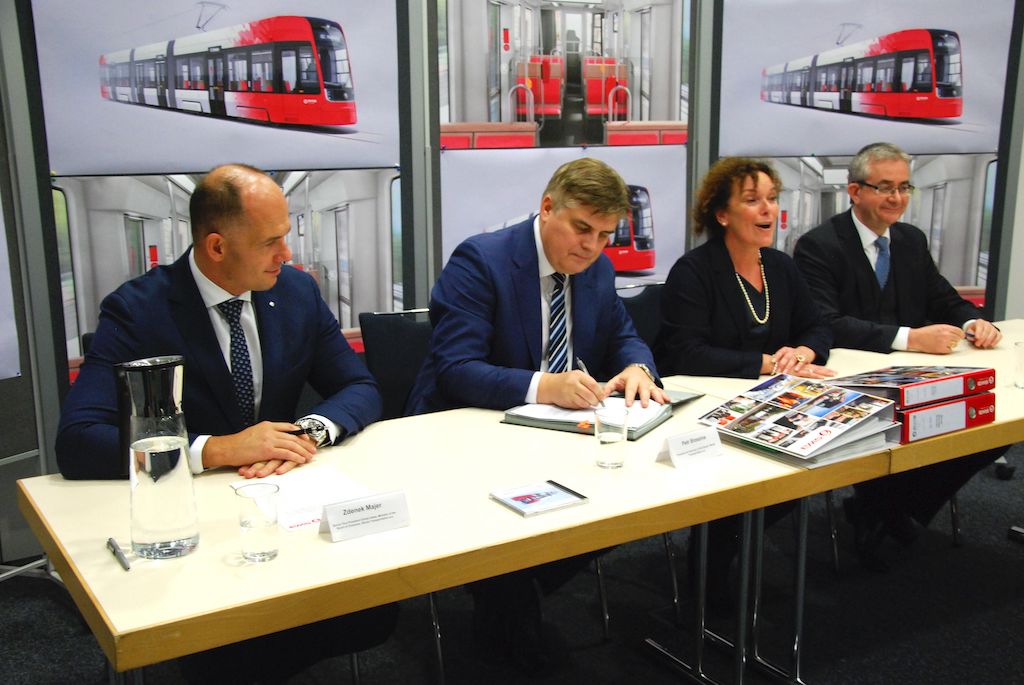
In the meantime, the first of the new Škoda trams for Bonn under construction are ready or as good as ready. The first two vehicles are scheduled to arrive in Bonn before the turn of the year as tram no. 2251 and 2252. However, an SWB employee made it clear that it will take another six months until they will have been accepted and approved. This means that none of the new Škoda trams will start commercial revenue in Bonn before mid-2023.
We reported on the completion of the first vehicle here:
What will happen to the existing 1994 tram fleet? SWB communicated the following: “We have an interested party who is “really hot” for these cars. He would rather have them in his depot yesterday than today. Over the years, we have invested a lot of money in these trams, so that they are now in very good condition.”
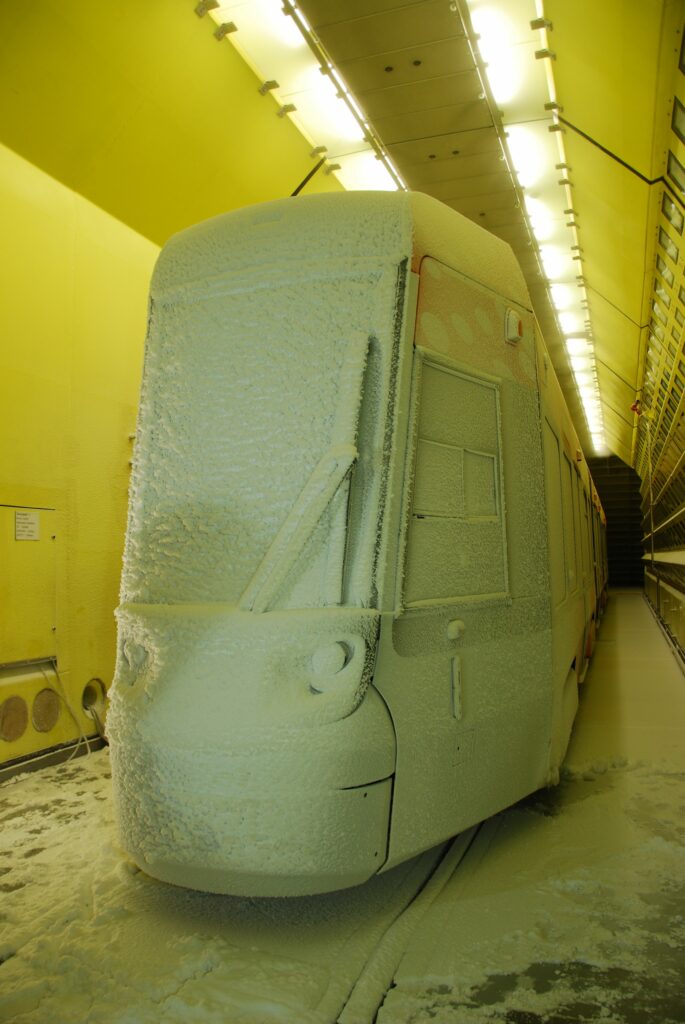
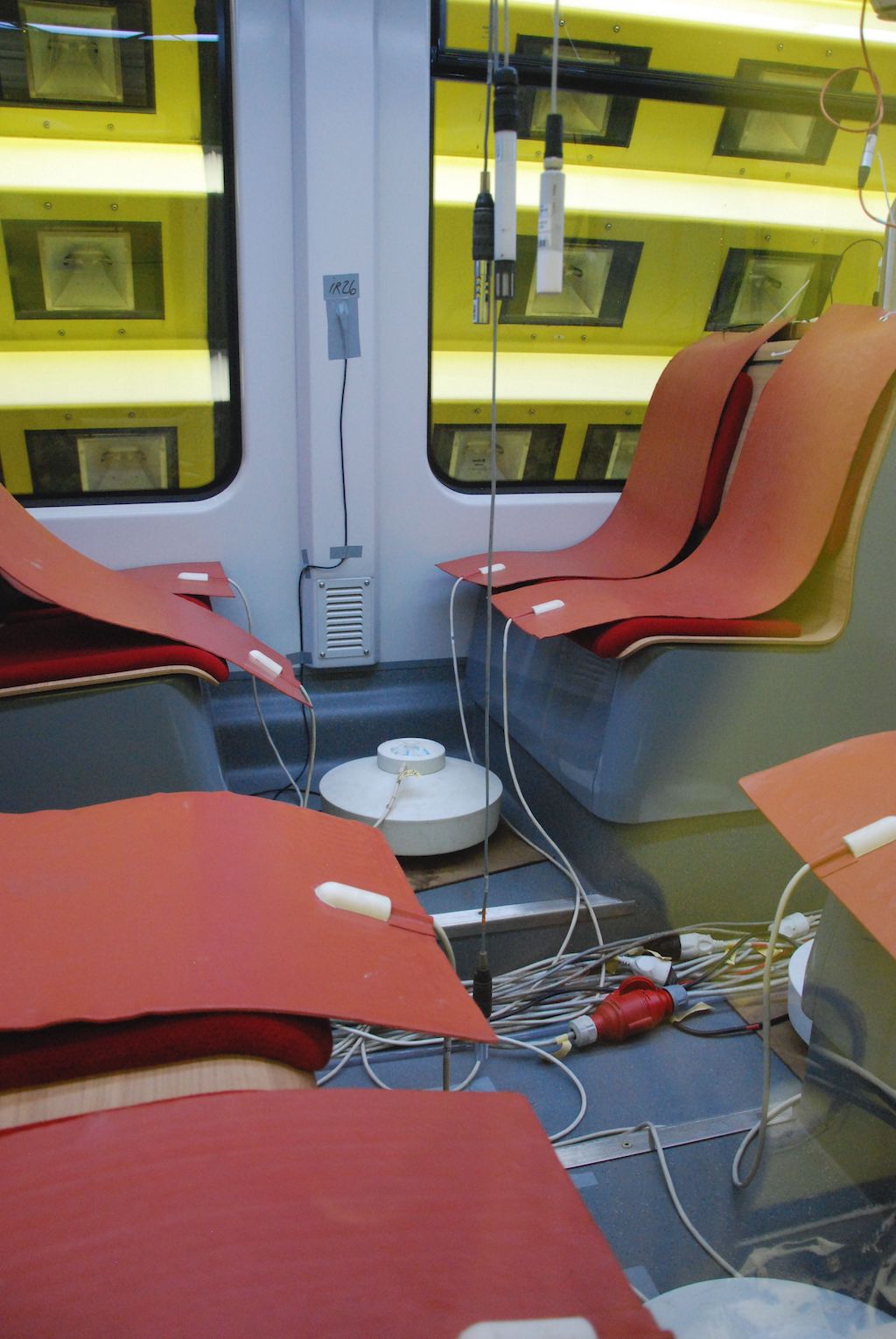
Let’s return to the new trams. A third new tram for Bonn is already completed. It will arrive in Bonn after the turn of the year in 2023 and will have the car number 2351. For the new trams, SWB has opted for absolute “honesty”, each tram will be given a number for the year in which it actually arrived in Bonn (22, 23 and so on). And because Škoda will not have delivered all the trams by the end of 2023, there will also be trams of year 24.
Only the first tram has been tested under the strictest conditions in the RTA (Rail Tec Arsenal) in Vienna-Floridsdorf as a representative of the entire series. The RTA is a test and trial facility owned by the Austrian Institute of Technology and the major manufacturers Alstom, Hitachi and Siemens from the railway industry. It has two wind and ‘climate’ tunnels. However, the test facilities are not only available to the owners of the RTA, but whoever wants to can use the facility. This includes Škoda, although it is not a co-owner.
Those who want to test their vehicles here do not even have to come from the railway industry. The RTA reports that cars have also been tested here for their drag coefficient (cw value), and buses have also passed their tests in the two tunnels. And when the author was at the RTA, preparations were underway to take a close look at a helicopter. You read that right: a helicopter!
The shorter of the two wind and climate tunnels now houses the Bonn tram. It is exposed to extreme weather conditions and it is being observed how it copes with them. Extreme hurricane? How does the tram “react”? Extreme temperatures? 45 degrees plus, 28 degrees minus. Does that bother the trams and its functionalities?
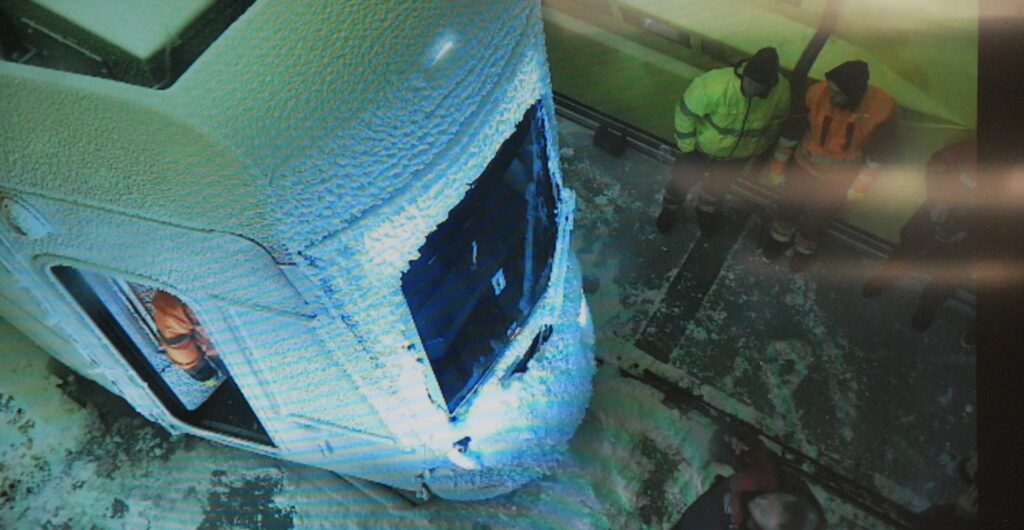
The author was present when the track was exposed to wet snowfall at a moderate temperature of minus five degrees. (This can also be done quite realistically in the RTA – it works like a snow cannon on the ski slope). The temperature outside was more than 30 degrees, so five degrees below zero seemed already lousy cold.
First test: will the windscreen wiper cope with the wet and frozen snow on the windscreen? Yes, it will, the windscreen wiper goes back and forth five times and the wiper field is completely clear. The snow that remains outside the wiper field at the edge of the windscreen is melted away by warm air from the inside of the car that is specially fed to the windscreen. After only a short time, the driver has a completely clear field of vision.
Next test: How do the brakes work when wet snow from the air and the track accumulates on the bogies? Here too: everything is working well.
The next question to which one would like to have a reliable answer: does it work when the pantograph lies unplugged on the roof and is now to be “wired up”, having become heavy due to the wet snow? The driver goes into his cab, presses the appropriate button and the pantograph rises up, completely unimpressed by the adverse weather conditions …
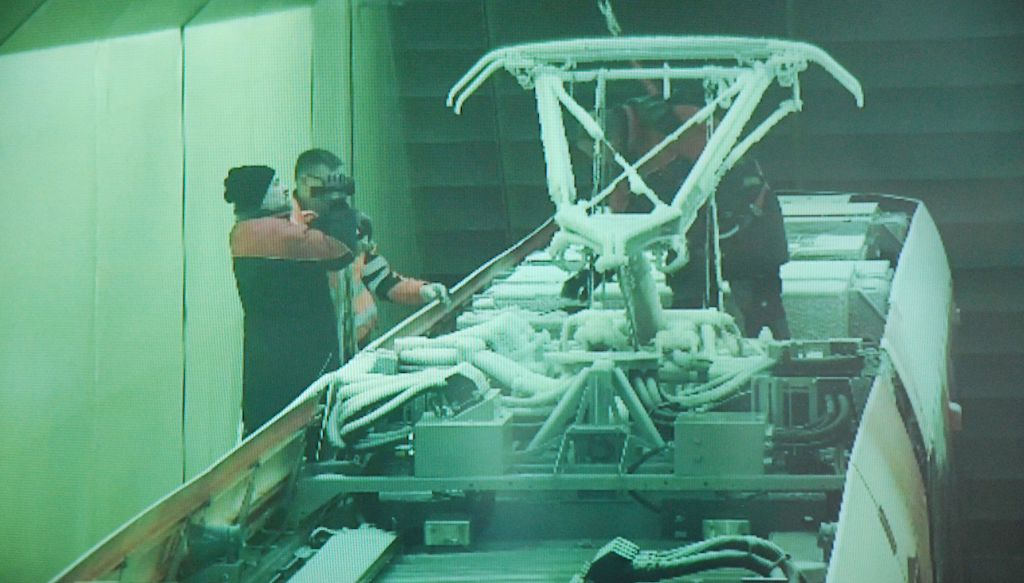
Do the doors open and close reliably despite snowfall? Don’t worry, they do.
The interior of the tram is packed with measuring equipment. Lots of cables are lying all over the floor and the seats, a lot of measuring points have been installed … Fortunately, the trains will not go on the line later with this “equipment”, because then there would be no more room for passengers.
And what happens if something doesn’t work as it should? But that’s what the tests are there for. To find out if – and if so, where – there are problems, to find out why, to eliminate the problems and to incorporate the resulting improvements into the series production.
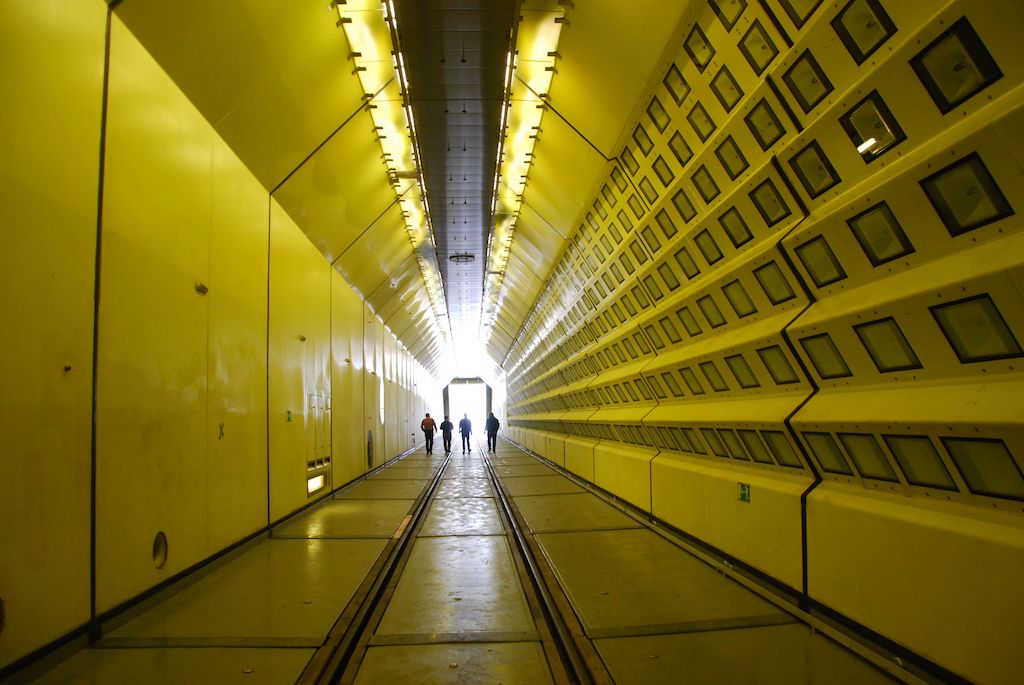
Members of a delegation from SWB (Stadtwerke Bonn) who had travelled to the tests reported that the temperatures alone of 45 degrees plus on the one hand and 28 degrees minus on the other, to which the trams – and thus they themselves as well – had been exposed while observing the tests, were extremely unpleasant. But this shows that there is no “sparing” here, but that the tracks are really tested under the toughest conditions to see whether they actually function perfectly even in extreme situations.
29.08.2022
